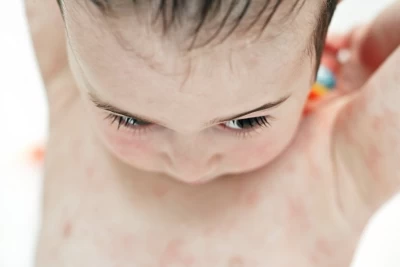Biological basis of child health 11: anatomy, physiology and development of the senses

Resource
Exclusive quality-assured learning resource
Online

Available to RCNi Plus subscribers
Applicable for any nurse with an RCNi subscription
This article, the 11th in the Biological basis of child health series, focuses on the senses. There are five basic senses in humans: hearing, sight, touch, smell and taste. Several congenital and acquired conditions can affect the senses and may have significant negative effects on a child’s development and ability to communicate with others.
This article explores each of the five senses, discussing their anatomy, physiology and embryological development, as well as common conditions affecting sensory function in children. It aims to provide children’s nurses with an understanding of the role of the senses in supporting children to make sense of the world, and how knowledge of this can be linked to clinical practice.
Who is this resource for?
This resource is aimed at nurses and nursing support workers across all settings and levels of practice, including students of health, social work and care professions.

 ;
;